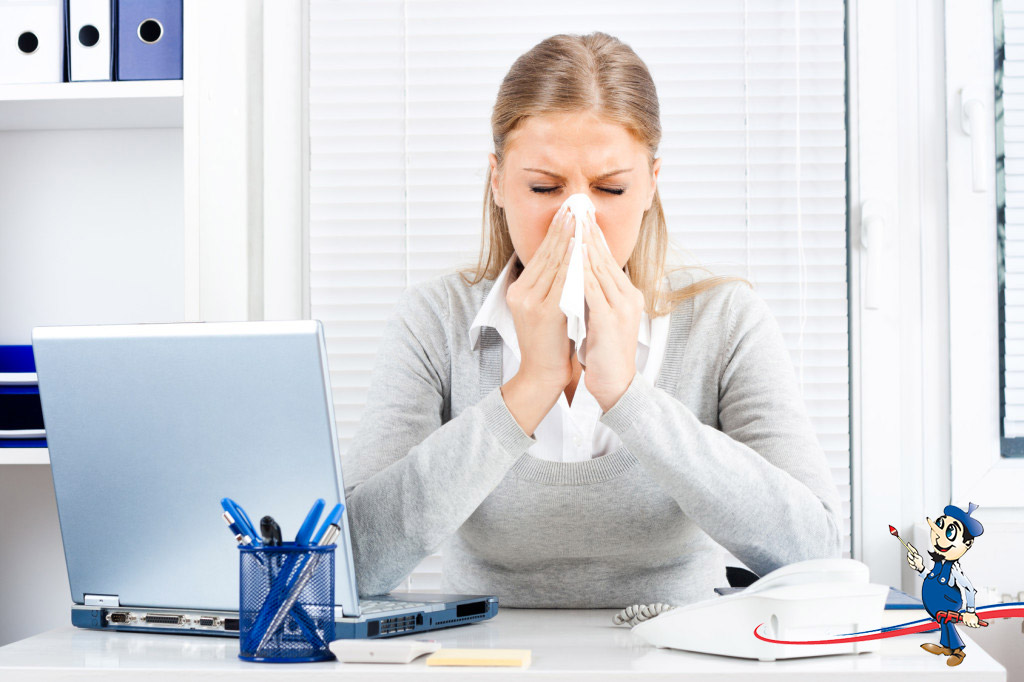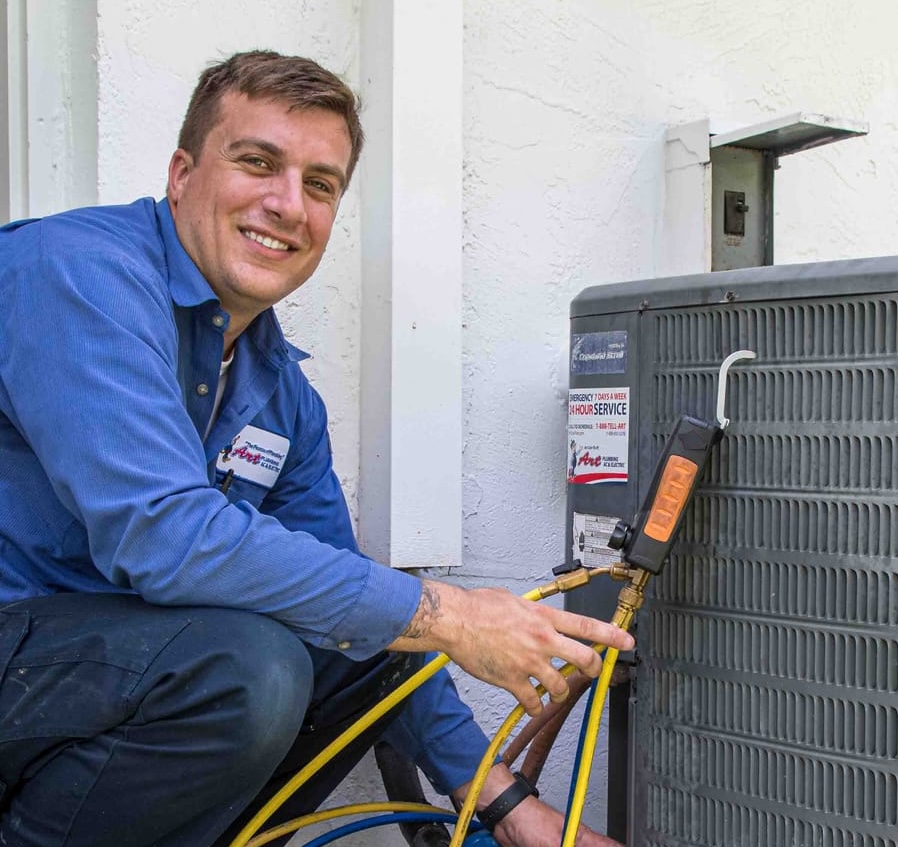Indoor Air Quality Testing – When, How, and Why?

When asked to consider the “air condition” in your home, do you think about regulating the temperature? Or perhaps ensuring a pleasant-smelling house is the first thing that comes to mind?
While these are important aspects of air conditioning, many people are unaware of the issue of indoor air quality.
What is Indoor Air Quality?
Indoor air quality (IAQ) is a fairly self-explanatory term: it refers to the quality, or standard, of the air inside houses, offices, and other buildings. Research shows that indoor air quality is often poorer than outdoor air quality, even in big, industrialized cities.
This is because most people live and work in a relatively ‘closed’ environment. Certain particles and chemicals accumulate, becoming trapped in buildings. Air conditioning units may control temperature, but unless they are fitted with the right filters, these particles are not removed from the air circulation.
Both long- and short-term exposure to these chemicals can lead to numerous health problems, from asthma to cancer. Children, geriatrics, and people with pre-existing health problems are at greater risk, but anyone can be affected by poor IAQ.
You may be surprised by the wide variety of toxic nasty particles floating around inside your home. Check out our article on indoor air quality for the full list of dangerous particles, and signs of polluted indoor air.
How Do We Test the Quality of Air?
Because of the range of chemicals, toxins, and particles that may be present indoors, we need to conduct a few different tests to determine the IAQ of a particular building. One method of doing this is to measure the size and quantity of particles suspended in your indoor air. In most homes and offices, a variety of pollutants are present.
There are kits on the market to test for different types of contaminants, like mold, volatile organic compounds, radon, and formaldehyde. However, we don’t recommend that you go this route, and some tests are simply not available to the layperson. For a full, extensive IAQ test, you’ll need to consult a professional.
When Do I Need My IAQ Tested?
In most cases, people get their indoor air tested when they exhibit signs of poor health: constant headaches, colds, dizziness, nausea, and trouble breathing. People with mold or dust mite allergies may know immediately upon entering a building that the air is contaminated. These are strong indicators that you need IAQ testing and purification.
Strange odors are also another give-away that indoor air is polluted. If the scent is not associated with something in the immediate environment (for example, a smelly drain pipe, or your cat’s litter box needs a clean), and it persists, you should test your IAQ.
However, some particles do not release a scent, and do not cause any immediate reactions. Radon, for example, is a colorless, odorless gas that is released when uranium breaks down. There are harmless amounts of radon in all soil, but in some areas, it becomes concentrated. It is especially dangerous when it accumulates indoors. In fact, the Environmental Protection Agency cites radon as the second leading cause of lung cancer, after smoking.
So, if you enjoy an air conditioned home with little ventilation, it would be wise to have your IAQ tested. At Art Plumbing, Air Conditioning & Electric, we offer extensive IAQ testing, as well as solutions to improve your IAQ.



